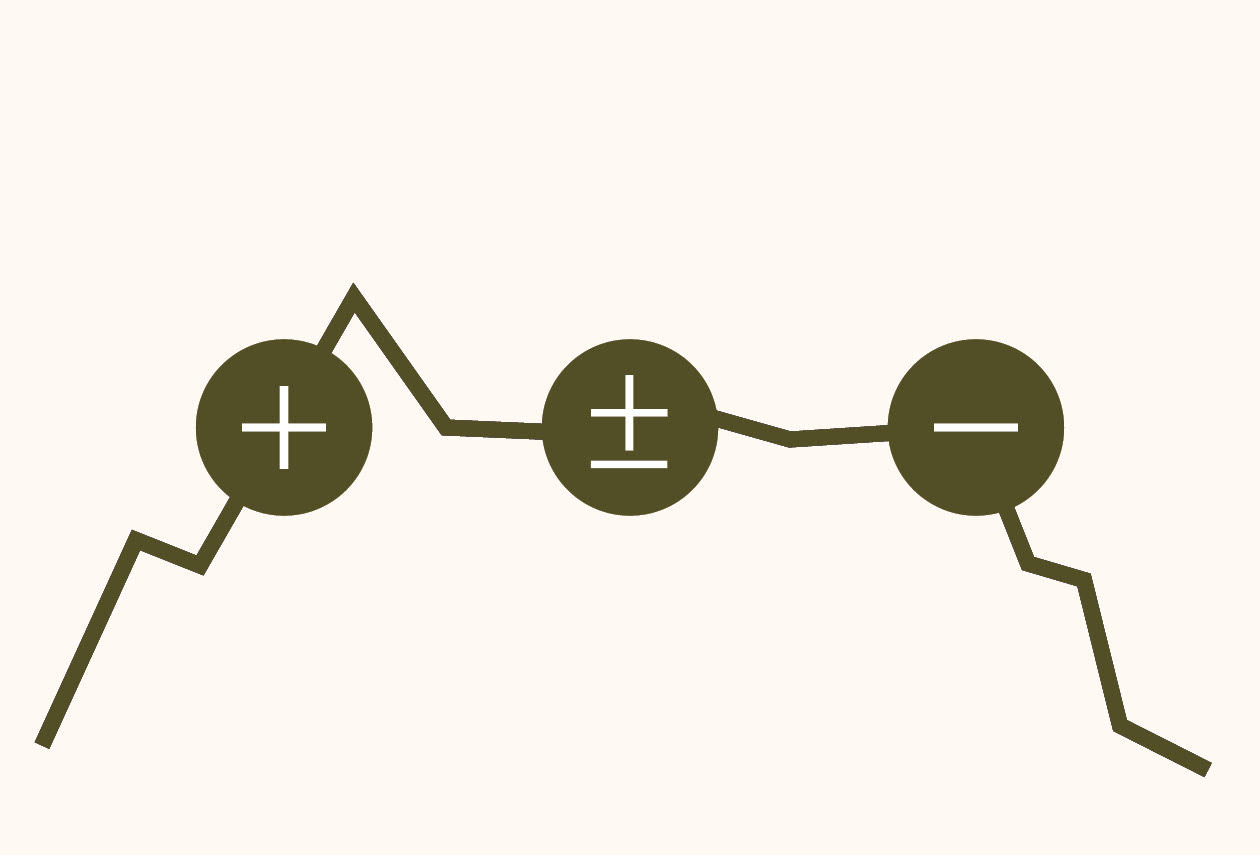It has been 18 months since we were introduced to COVID-19 in the U.S. Since then, we began to see cases decrease as vaccination distribution took hold over the first five months of the year. But this summer, we saw the resurgence of COVID-19 due to the delta variant, and with that came a slowdown in the economic recovery, creating some choppiness in growth across industries. However, there continues to be hope of a full economic recovery as the pace of vaccination distributions continues to increase. As of September 30, nearly 55% of the total U.S. population was fully vaccinated.
Worldwide, roughly 34% of the population is fully vaccinated. Within the stock market, recent events have slowed the gains in higher-risk stocks, such as emerging markets, while safer stocks, such as U.S. large-cap stocks, have continued to rise consistently. Looking within the broad U.S. stock market, these recent events have shifted the performance of value and growth stocks. Since the announcement of the Pfizer vaccine last year in November, value has outperformed growth. However, more recently, with the news of the delta variant, that dynamic shifted and growth stocks have been outperforming value stocks. If the economic recovery continues to be choppy, market conditions may continue to favor growth stocks. Overall, stock market gains have been well above average this year, and with limited volatility, seen here with only a 4% drawdown year-to-date in comparison to last year’s drawdown of 34%.
A major topic of concern continues to be the spike in inflation and whether that is a long-term worry or something that will balance out. The Federal Reserve still believes this inflation spike to be transitory and that it will taper toward the end of this year. Investors are not so confident in that outlook, as they fear inflation to be a long-term issue as prices continue to trend up. In the meantime, the House passed a nearly $2 trillion bipartisan infrastructure bill that will put $550 billion in new federal spending. This bill will provide funding to expand high-speed internet access, and make vital transportation and infrastructure updates to bridges and other projects. There is some concern over the need for the government to borrow heavily in order to fulfill the bill and with the pressure already substantial on the growing deficit, action will have to be taken to control the rising total. For now, interest rates remain low but will be closely monitored as we progress through this year and next. While there remains uncertainty as far as risk goes for the rest of this year, we can expect the economic recovery to continue.
With the current economic backdrop in mind, we continue to recommend maintaining diversified portfolios of investments that have the potential to perform well in a broad range of market outcomes. Stock market valuations remain near peak levels. Interest rates are still near historical lows but have been trending higher more recently. Investors have viewed the trend in interest rates as a function of rising economic growth expectations and as having the potential for higher levels of inflation. The uncertainty around global economic events could increase volatility in coming months. While volatility has been relatively low so far, it seems likely to pick up in the near term, and corrections in equity markets are possible.
-
Earnings
Corporate earnings have been impressive, with record highs in year-over-year earnings growth. Even with inflation concerns growing, companies continue to beat earnings expectations, signaling they have the pricing power to offset it.
-
Valuations
U.S. stock prices remain at high levels. With the market growth continuing to reach new highs, stocks do not appear cheap, with forward twelve-month P/E ratios well above the five-year and ten-year averages.
-
Consumer Confidence
Overall, consumer confidence levels recovered slightly as the economy began to reopen but have dropped more recently due to the delta variant dampening consumer optimism.
-
Business Confidence
Business confidence levels grew this summer, reaching pre-pandemic levels, due mainly to the reopening of many businesses; however, the third quarter of this year brought concerns for business confidence, as the labor shortage has become an issue for many firms.
-
Monetary Policy
The Federal Reserve has kept rates near zero to continue to add support to the economy during the pandemic and plans to keep this rate low until the labor market conditions improve. In response to the COVID-19 pandemic, the Fed released a series of sizable programs to support financial markets and maintain the flow of credit. As the economy has continued to progress from the slowdown experienced last year, the Federal Reserve has signaled it is considering tapering its purchases of securities in the coming months. The Fed has been clear that tapering will precede any increase in the Federal Funds rate.
-
Fiscal Policy
Fiscal policy is aimed at providing trillions of dollars to support the U.S. economy during this time of economic instability, with talk of more to come, like the $1.9 trillion plan proposed by the Biden administration. Legislators and government officials have responded quickly in a bipartisan fashion to support businesses and consumers, but repeated stimulus has longer-term economic consequences, like increased federal deficits and potential for higher tax rates.
-
Credit Conditions
Recently, corporations have had sufficient access to financing. The flow of credit to consumers is in much better condition. This is reflected in the incredibly low level of credit spreads in the investment-grade and high yield bond markets.
-
Volatility
In recent months, we have seen an uptick in volatility given uncertainty regarding the wave of the delta variant and new concerns surrounding inflation. We expect volatility to pick up through the end of the year and possibly into 2022, creating choppiness in the economic recovery.
The opinions and analyses expressed in this communication are based on RMB Capital’s research and professional experience and are expressed as of the mailing date of this communication. Certain information expressed represents an assessment at a specific point in time and is not intended to be a forecast or guarantee of future results, nor is it intended to speak to any future time periods. RMB Capital makes no warranty or representation, express or implied, nor does RMB Capital accept any liability, with respect to the information and data set forth herein, and RMB Capital specifically disclaims any duty to update any of the information and data contained in this communication. The information and data in this communication do not constitute legal, tax, accounting, investment, or other professional advice. An investment cannot be made directly in an index. The index data assumes reinvestment of all income and does not bear fees, taxes, or transaction costs. The investment strategy and types of securities held by the comparison index may be substantially different from the investment strategy and types of securities held by your account.








